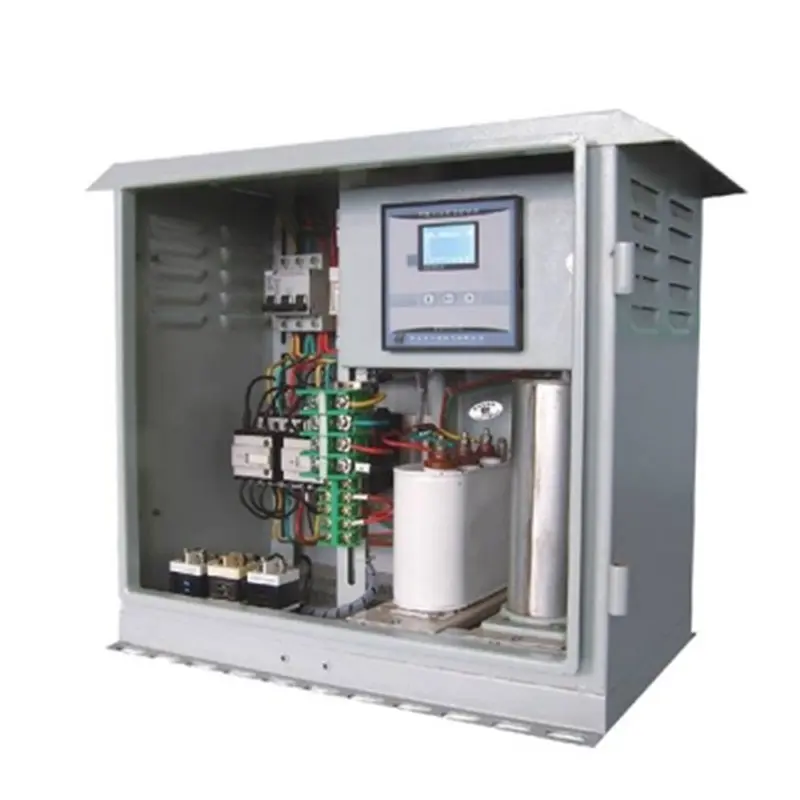
In today's era, efficient and stable power systems are crucial to the smooth operation of various industries and households. However, the power grid often faces challenges such as reactive power imbalance, over-compensation, and capacitor switching interference. In order to solve these problems and ensure reliable power supply, a revolutionary solution emerged - the low-voltage terminal in-situ compensation device. This breakthrough product uses a microprocessor control core to automatically track and monitor reactive power in the system and provide timely and effective compensation. Let’s take a closer look at the features and benefits of this remarkable device.
The core of the low-voltage terminal local compensation device lies in its advanced microprocessor control system. This cutting-edge technology enables the device to continuously track and analyze a system's reactive power. The device uses reactive power as a control physical quantity to automatically control the capacitor switching actuator to ensure fast and accurate response. This real-time monitoring and adjustment eliminates the risk of overcompensation, a phenomenon that can pose a serious threat to grid stability.
What makes this device unique is its ability to provide reliable and effective compensation. By detecting and compensating reactive power imbalances, it optimizes power factor and voltage stability. Low-voltage terminal local compensation devices ensure that reactive power is maintained at an optimal level, thereby improving power quality and reducing energy losses. This in turn can increase system efficiency, reduce electricity bills and achieve a greener footprint.
Additionally, the device eliminates the damaging effects and interference typically associated with capacitor switching. Microprocessor-controlled capacitor switching actuators ensure smooth, seamless switching operation. Not only does this prevent power fluctuations, it also minimizes the risk of equipment damage from sudden power surges. By mitigating these disturbances, the device increases the overall reliability and longevity of the grid.
The low-voltage terminal in-situ compensation device not only has superior technology, but also has excellent performance. It also contributes to the sustainability of our energy infrastructure. The precise automatic compensation it provides reduces the need for manual intervention and maintenance, saving time and resources. In addition, by optimizing reactive power utilization, the device increases energy efficiency and reduces overall energy consumption. This aligns perfectly with global goals to conserve energy and reduce carbon emissions.
In summary, low-voltage end-position compensation devices represent a leap forward in the field of power system stability. Its microprocessor control core and intelligent reactive power compensation mechanism ensure better power factor control, voltage stability and energy efficiency. Reliable and uninterrupted power supply is guaranteed by eliminating the risk of over-compensation and interference during capacitor switching. Employing this device will not only improve grid stability but also help achieve a sustainable and green future.
Post time: Nov-20-2023